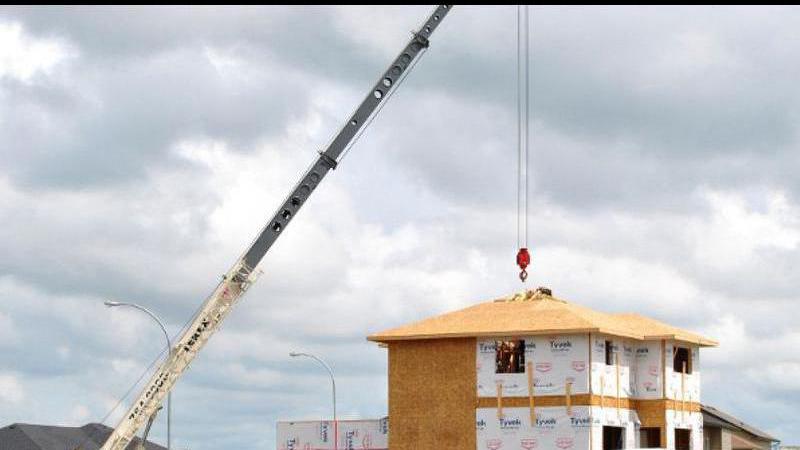
Sask. Homebuilders group says federal budget addresses big needs
At least one Saskatchewan organization is applauding Tuesday’s federal budget and its emphasis on building more homes.
In a release issued following the budget announcement, the Saskatoon and Region Home Builders’ Association (SRHBA) said they’re encouraged by the Federal Housing Plan which looks to build nearly four million homes by 2031.
Prime Minister Justin Trudeau announced last week that the plan includes a minimum of two million new homes, on top of the Canada Mortgage and Housing Corporation’s forecast of 1.87 million being built by 2031. Actions that started last fall will support at least 1.2 million new homes, with the feds calling on provincial and municipal governments to build at least 800,000 more homes by 2031.
READ MORE: $535B budget projects $39.8B deficit, aims to restore economic fairness


